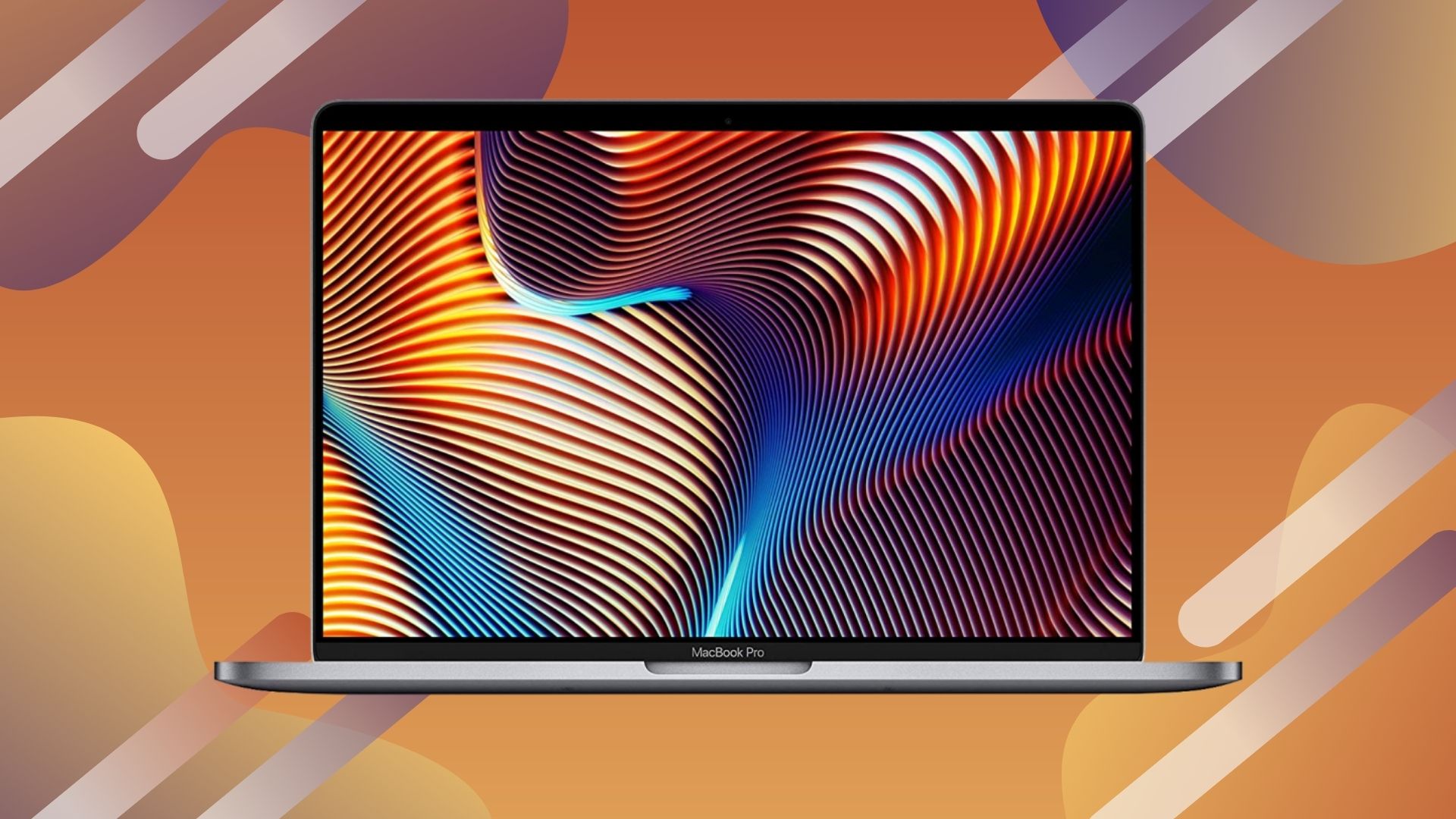New mini LED MacBook Pro models could influence the entire laptop market
Apple might have more influence than we thought...

Two upcoming MacBook Pro models, the MacBook Pro 14-inch and MacBook Pro 16-inch (2021), are rumoured to feature mini LED panels and a beefier M1X (or M2) chipset, with supplier updates indicating that an official launch could be just around the corner.
While the prospect of a MacBook Pro using the same screen technology as the recently-released iPad Pro 12.9 is exciting for many, respected analyst Ming-Chi Kuo believes that Apple's involvement with mini LED production could have a knock-on effect with other laptop manufacturers, potentially pushing adoption of mini-LED displays to become an industry standard.
"We believe that MacBooks, not iPads, mainly drive mini LED panel shipments" says Kuo, as reported by MacRumors. "MacBook shipments have not grown much in the past few years. However, we expect MacBook shipments to grow significantly by 20% YoY, or more in 2021 and 2022, due to the adoption of mini LED panels, Apple Silicon, and all-new designs."
- Check out all the best laptops around
- And the best Macs to buy this year
- How to update a MacBook
Kuo is the same analyst that has predicted an upcoming MacBook Air refresh will feature a range of colorful chassis and is also anticipated to have an upgraded mini LED display.
We won't know the accuracy of these claims until the product's launch later in 2022, and it seems likely that Macbook Pro and MacBook Air product announcements will be made sometime in Q3, with Bloomberg journalist Mark Gurman reporting that multiple events are planned to launch new products from multiple lines in the Apple family such as the iPhone 13 and a redesigned iPad mini.
Analysis: It's unlikely, and potentially underwhelming
It's understandable that folk are itching for mini LED displays in Mac products (given the attraction of anything 'new and shiny'), but we should be wary of this technology becoming an industry standard.
Apple's product lineup is typically viewed as more 'luxury' than affordable, and while folk who could typically afford a MacBook Pro or iPad Pro might be able to eat up the additional cost required to include expensive display technology, a typical Chromebook user or student in need of a cheap work device might not be so happy to pay for such a feature.
I feel it's extremely unlikely that mini LED or OLED displays will be seen as an industry-standard any time soon, even if Kuo believes that Apple's interest in the tech will help reduce manufacturing costs and increase supply. That isn't to say it'll never happen, but while regular LED-backlit LCD screens are still relevant, it's hard to justify including something like Mini-LED or microLED tech on lower-budget devices.
Get daily insight, inspiration and deals in your inbox
Sign up for breaking news, reviews, opinion, top tech deals, and more.
After all, OLED and mini LED displays have been around for years now in the form of TVs and despite mini LED having been on the scene since its invention in the year 2000 (or 1987 for OLED technology), products using these panels are still wildly expensive. Apple has a lot of influence on the technology market, but having such luxury tech included across laptops as standard within the next couple of years seems a far stretch.
And that's assuming you'd see the benefit of using a mini LED display at all, which for many typical laptop users could feel like a wasted investment. The advantages of using a mini LED over an LCD display are:
- Deeper blacks
- Higher contrast ratio and brightness
- Power-efficient
- Less prone to screen burn-in than OLED
Unless you work in a design-heavy industry such as digital art and video editing, you may not reap many benefits over the more readily available LCD displays used in most modern laptops.
Apple isn't a stranger to pushing new tech into its products, with every model of the Apple Watch and recent models of the iPhone adopting OLED displays. There are even rumors circulating that an additional two MacBook Pro models will be announced sometime in 2022 with OLED displays, but with mini LED integration anticipated in the coming months, it seems unlikely that Apple will offer both types of display technology.
I'm under no illusion that LCD displays will be the forever mainstay of the industry, but a wider rollout of mini LED or OLED is a ways off, and regardless of how much influence Apple holds across the entirely of laptop manufacturing, it's hard to believe a singular company deciding its luxury lineup of products should include new display technology will push other companies to follow suit. As the saying goes, "if it ain't broke, don't fix it".
- Bypass geo-restrictions on your Apple computer with the best Mac VPN
Jess is a former TechRadar Computing writer, where she covered all aspects of Mac and PC hardware, including PC gaming and peripherals. She has been interviewed as an industry expert for the BBC, and while her educational background was in prosthetics and model-making, her true love is in tech and she has built numerous desktop computers over the last 10 years for gaming and content creation. Jess is now a journalist at The Verge.
